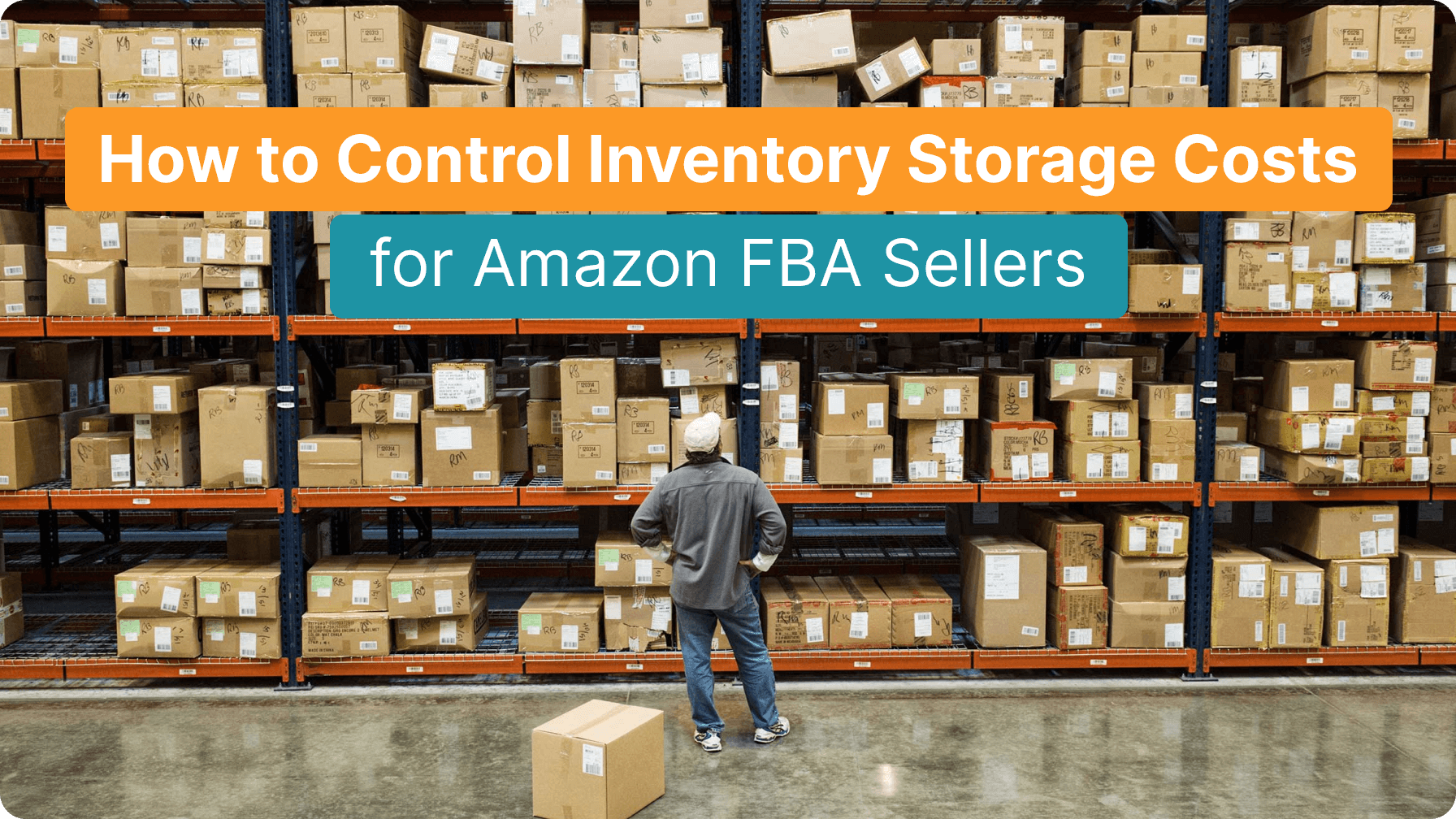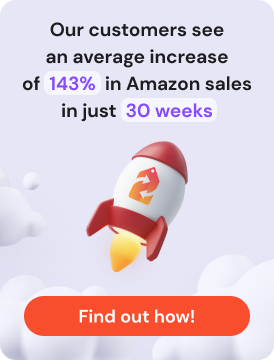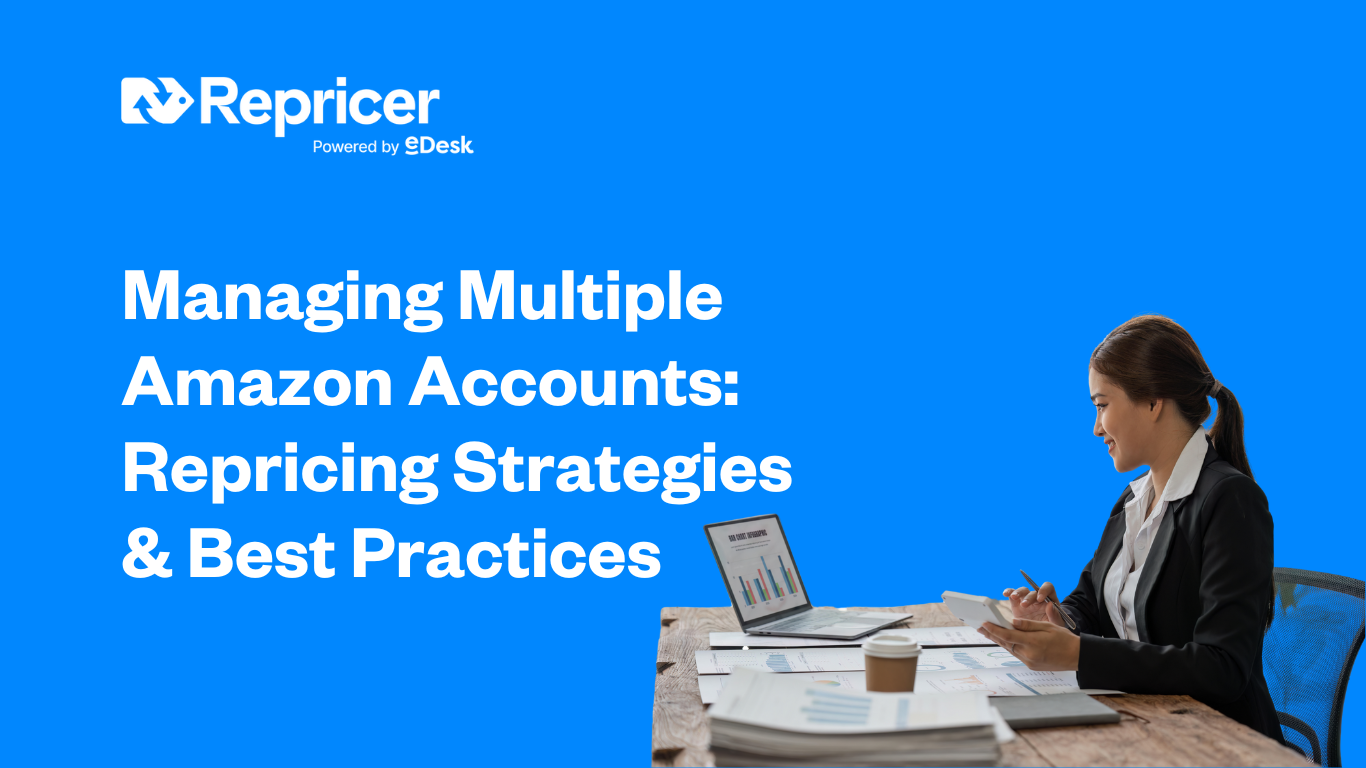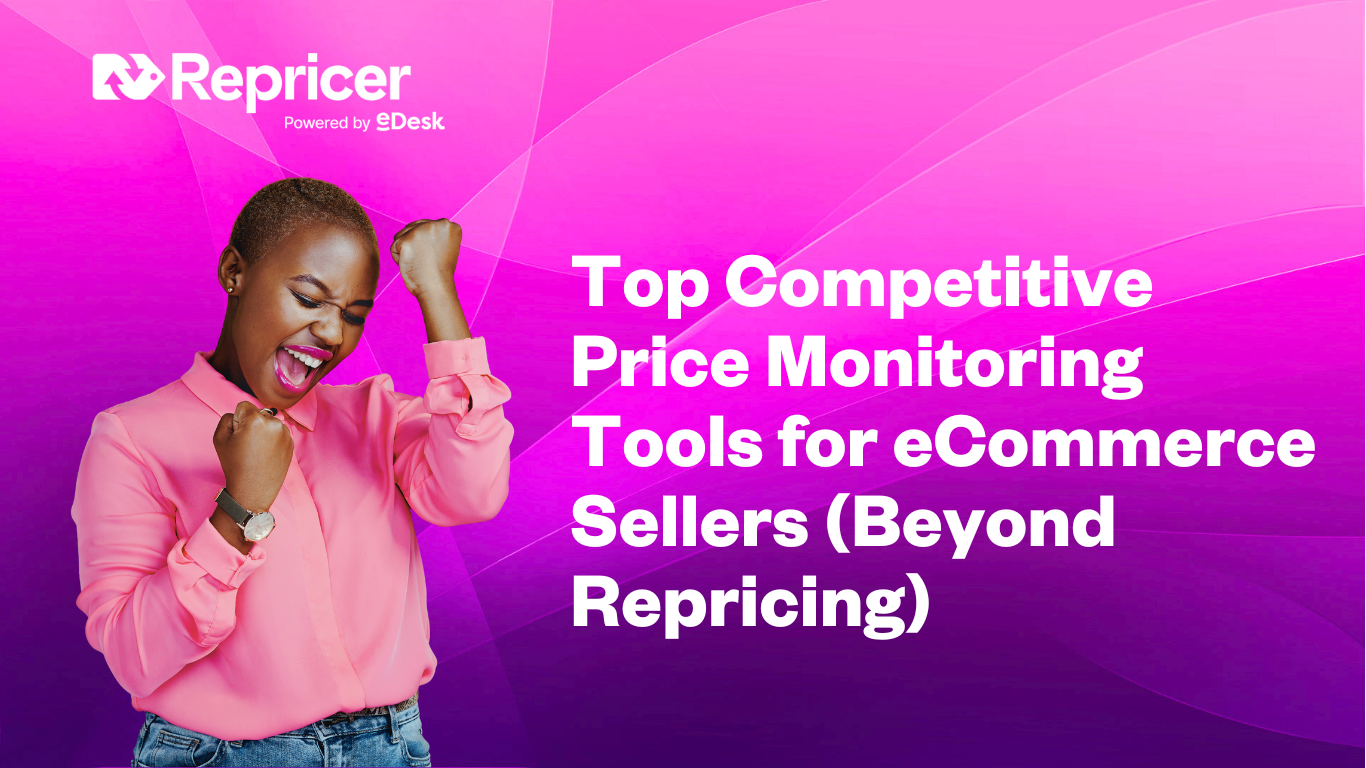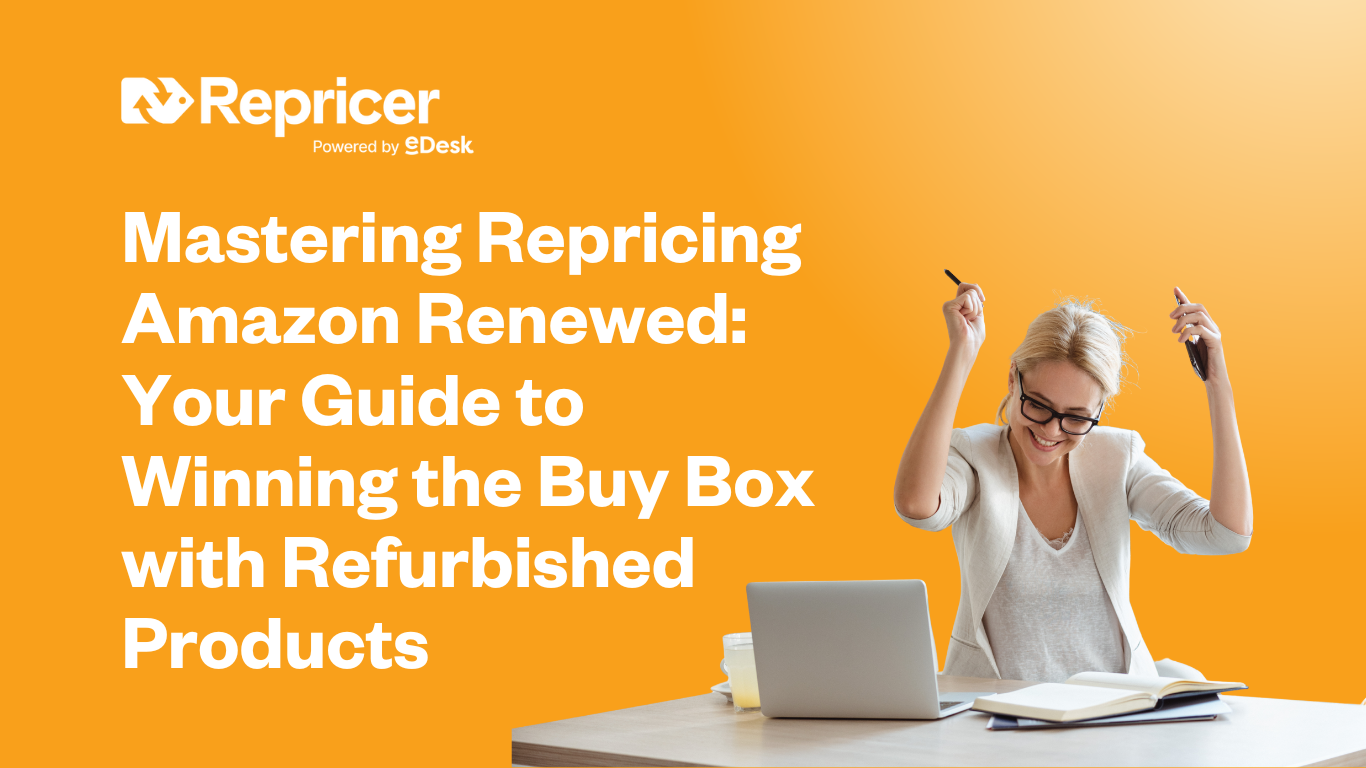Wenn Sie ein Amazon-Verkäufer sind, sollten Sie die Teilnahme am FBA-Programm von Amazon in Betracht ziehen. FBA steht für „Fulfillment by Amazon“ und bedeutet kurz gesagt, dass Sie keinen eigenen Bestand führen müssen.
Stattdessen lagern Sie Ihren Bestand in einem der Fulfillment-Zentren von Amazon. Wenn jemand ein Produkt bei Ihnen auf Amazon kauft, wird dieses Produkt direkt von einem Amazon-Lager abgeholt, verpackt und verschickt.
Klingt praktisch, nicht wahr? Das ist es auch, aber darüber hinaus hat die Tätigkeit als Amazon FBA-Verkäufer zahlreiche weitere Vorteile. Hier gehen wir auf all diese Vorteile ein und erörtern das wichtige Thema der Lagerhaltungskosten.
Es ist eine wunderbare Sache für Amazon-Verkäufer, dass sie ihre Bestände nicht lagern müssen. Aber es ist wichtig, dass Sie die Lagerung klug angehen, damit Ihnen nicht zu viele teure Lagergebühren entstehen. Wenn Sie Ihre Lagerkosten strategisch angehen – einschließlich der Einbindung in Ihre Preisgestaltung und der Nutzung von Werbeaktionen – können Sie unnötige Ausgaben vermeiden und gleichzeitig Ihr Geschäft als Amazon FBA-Verkäufer ausbauen.
Lesen Sie weiter, um zu erfahren, wie Sie unsere hilfreichen Tipps anwenden können, um Ihr Geschäft als Amazon FBA-Verkäufer zu maximieren.
Warum es sich lohnt, ein Amazon FBA-Verkäufer zu sein
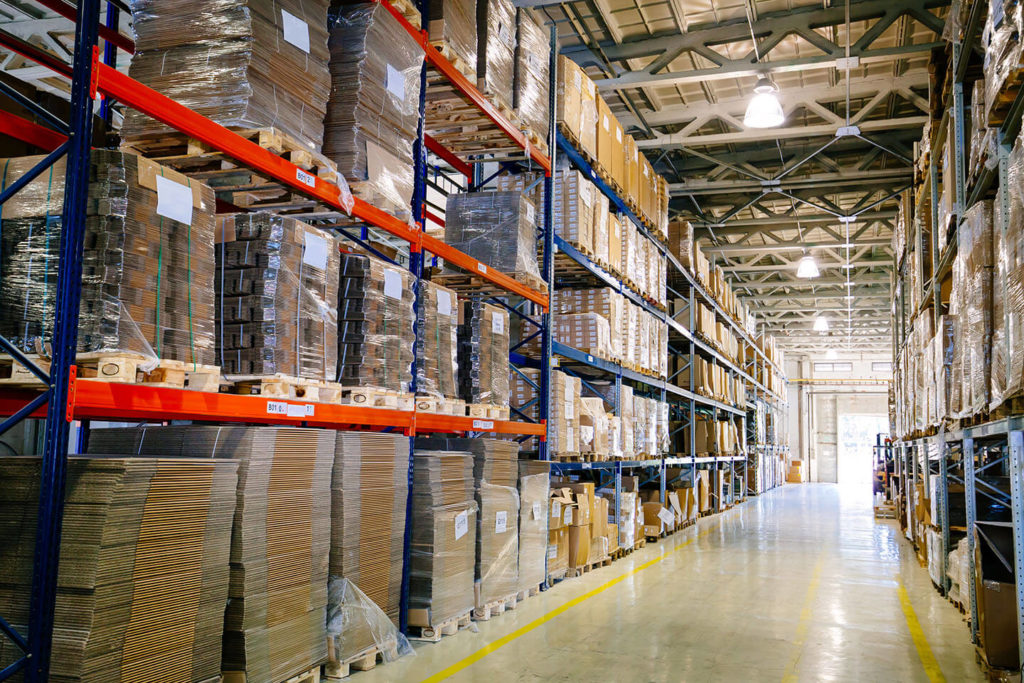
Es gibt viele Vorteile, ein Amazon FBA-Verkäufer zu sein. Zunächst einmal müssen Sie sich nicht um die Lagerhaltung oder die Auftragsabwicklung kümmern. Amazon kümmert sich um all das für Sie, indem es Ihre Artikel lagert und sich dann um die Kommissionierung, Verpackung und den Versand Ihrer Artikel kümmert.
Außerdem werden die Bestellungen von Verkäufern, die Amazon FBA nutzen, vorrangig behandelt. Amazon berücksichtigt zuerst die FBA-Verkäufer, wenn es darum geht, wem die Buy Box zugewiesen wird. Alle Verkäufer möchten die Buy Box gewinnen, denn sie macht es wahrscheinlicher, dass ein Kunde Ihr Produkt dem eines Konkurrenten vorzieht. Tatsächlich stammen mehr als 83% aller Amazon-Verkäufe aus der Buy Box.
Wenn Sie ein FBA-Verkäufer sind, sind Ihre Produkte außerdem für Amazon Prime qualifiziert, was zu höheren Umsätzen führt. Nach Angaben von Amazon verzeichnen seine Vertriebspartner einen Umsatzanstieg von 35%, wenn sie ihre Produkte auf FBA umstellen.
Verkäufer, die sich für Amazon FBA entscheiden, profitieren von all diesen Vorteilen. Sie müssen sich jedoch auch über einige Pflichten im Klaren sein, die mit der Teilnahme am FBA-Programm verbunden sind, nämlich die mit dem Programm verbundenen Kosten, die sich auf die Lagergebühren konzentrieren.
Die Teilnahme an FBA ist empfehlenswert, aber Sie müssen eine Strategie haben, um mit den Lagerhaltungsgebühren umzugehen, damit Sie Ihren Gewinn nicht gefährden.
Die Gebühren für die Lagerung von Amazon-Inventar verstehen
Amazon erhebt für Verkäufer, die am FBA-Programm teilnehmen, Lagergebühren für den Bestand. Wie diese Gebühren berechnet werden, hängt von mehreren Faktoren ab:
- Der Raum, der von den Gegenständen eingenommen wird, die Sie einlagern (gemessen in Kubikfuß)
- Die Dauer, die die Artikel im Lager gehalten werden
Die Lagergebühren werden während der saisonalen Einkaufszeiten erhöht (typischerweise im 4. Quartal während der Weihnachtszeit). Darüber hinaus entstehen bei großen Artikeln, die längere Lagerzeiten erfordern, höhere Kosten in Form von Gebühren für die langfristige Lagerung.
Dies bietet Verkäufern einen Anreiz, schnell verkaufbare Artikel zu lagern und ihren Bestand durch kreatives Marketing und andere Geschäftsentscheidungen schnell zu verkaufen. Die Lagerung von seltenen, großen oder selten gekauften Artikeln ist für FBA-Verkäufer finanziell weniger vorteilhaft als kleinere, gefragte Artikel, die schnell verkauft werden können.
Amazon arbeitet außerdem mit einem „First-in-First-out“-Inventarsystem (FIFO), bei dem die ältesten Artikel als erste gekauft werden. Dies kann hilfreich sein, da Sie die ursprünglichen Lagergebühren für die erste Charge von Artikeln einbehalten, bis sie alle verkauft sind, auch wenn Sie den Bestand an genau diesem Artikel wieder auffüllen.
Die Gebühren für die Lagerung von Amazon-Inventar werden monatlich abgerechnet
Es ist wichtig zu wissen, dass Amazon FBA-Verkäufern die Lagergebühren monatlich in Rechnung stellt, und zwar zwischen dem 7. und 15. eines jeden Monats. Verkäufer müssen diesen Abrechnungszyklus kennen, um ihren Cashflow entsprechend zu regulieren und diese Gebühren zu decken.
Die Gebühren variieren je nach Größe der Sendung und der Jahreszeit. Die Artikel werden als „Standardgröße“ oder „Übergröße“ eingestuft und von Januar bis September zu einem anderen Tarif berechnet als von Oktober bis Dezember eines jeden Jahres.
FBA Lagerung für gefährliche Güter
Wenn Sie Waren verkaufen, die als ‚gefährliche Güter‘ gelten, sind die Gebühren ebenfalls höher, da sie zusätzlich gelagert werden müssen. Zu den gefährlichen Gütern gehören in der Regel Stoffe oder Materialien, die bei der Lagerung, der Handhabung und dem Transport besondere Vorsicht erfordern, da sie entflammbar sein können, unter Druck stehen oder andere schädliche Stoffe enthalten.
Gefährliche Güter sind bis zu einem gewissen Grad offensichtlich, da sie Sprühfarben, Feuerzeugbenzin oder Haushaltsreiniger umfassen. Aber sie können auch weniger offensichtlich sein, da sie auch Gegenstände umfassen, die nicht gefährlich erscheinen, wie Laptops, Smartphones oder Kosmetika.
Artikel, die als „Gefahrgut“ eingestuft werden, haben Komponenten oder Materialien, die eine besondere Lagerung erfordern, um das Risiko der Entflammbarkeit, Korrosion, Kontamination oder anderer Probleme zu verringern. Amazon bietet eine vollständige Liste der Artikel, die als Gefahrgut eingestuft sind.
Für solche Artikel bietet Amazon ein „Gefahrgutprogramm“ an, mit dem Sie diese Artikel über FBA verkaufen können. Die Lagergebühren für diese Produkte sind jedoch höher als für normale FBA-Artikel.
Langfristige Lagerung von Inventar
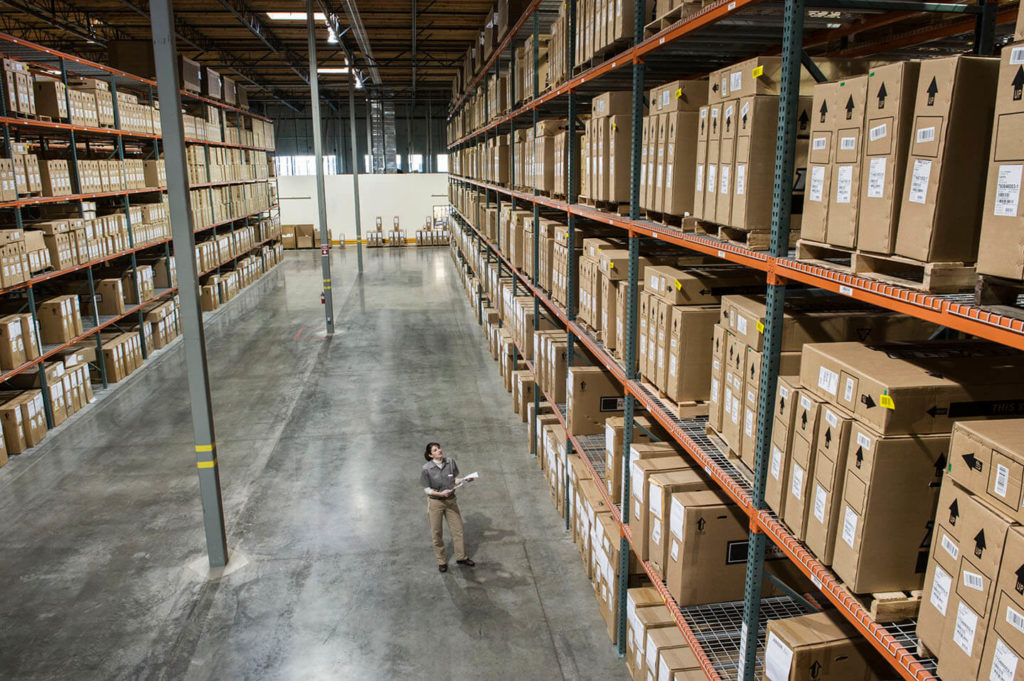
Für Artikel, die möglicherweise länger gelagert werden müssen, erhebt Amazon Gebühren für die Langzeitlagerung.
Insbesondere für Artikel, die länger als ein Jahr (365 Tage) in den Amazon-Fulfillment-Zentren gelagert werden, müssen Sie eine Gebühr für die Langzeitlagerung und die monatliche Lagergebühr für diesen Artikel bezahlen.
Amazon legt seine langfristigen Lagergebühren und -richtlinien dar, so dass sie allen FBA-Verkäufern gegenüber offengelegt werden.
Langfristige Lagergebühren können ein Ärgernis für Amazon FBA-Verkäufer sein, da sie die Gewinnspanne auffressen können. Der beste Weg, diese Gebühren zu vermeiden, ist, sie von vornherein zu verhindern. Dazu können Sie Strategien und praktische Taktiken anwenden, die wir Ihnen im Folgenden vorstellen möchten.
Verwaltung der Gebühren für die Lagerung von Amazon-Inventar
Die Kosten für die Lagerung des Inventars können sich summieren, wenn sie nicht sorgfältig verwaltet werden.
Als Amazon FBA-Verkäufer müssen Sie strategisch überlegen, welche Produkte Sie verkaufen, wie Sie sie verkaufen und welche Taktik Sie beim Verschieben von Produkten anwenden, damit Sie nicht Gefahr laufen, dass die Produkte zu lange in Ihrem Bestand verweilen. Wenn Ihre Produkte zu lange lagern, besteht die Gefahr, dass die Lagergebühren Ihre Gewinnspanne auffressen!
Bevor Sie Ihr Inventar bei Amazon FBA einlagern, sollten Sie darüber nachdenken, wie Sie Ihr Inventar verwalten werden. Dazu gehören Verkaufstaktiken, die sicherstellen, dass Sie Ihren Bestand effizienter umschlagen, um die Lagerkosten zu minimieren und den Gewinn zu maximieren.
Sie müssen Marktforschung betreiben, über das nötige Know-how verfügen und vorausschauend planen, um sicherzustellen, dass Sie keine kostspieligen Fehler machen, die dazu führen, dass unbewegliche Bestände langfristig eingelagert werden. Im Folgenden finden Sie einige Schritte, die Sie unternehmen können, um Ihren Bestand in den Griff zu bekommen und den finanziellen Gefahren für Ihr Unternehmen, die sich aus einer langfristigen Bestandsverwaltung ergeben, zuvorzukommen.
7 Tipps zur Verwaltung der Amazon FBA-Bestandslagerung für maximale Rentabilität
Das Tolle daran, ein Amazon FBA-Verkäufer zu sein, ist, dass Sie Zugang zu einem hilfreichen Dashboard in Amazon Seller Central haben. Über dieses Dashboard können Sie Berichte über das Alter und den Zustand Ihres Inventars einsehen. So behalten Sie den Überblick darüber, wie lange Ihr Inventar gelagert wurde, und erkennen potenzielle Gefahrenzonen, die die Kosten für die Lagerung Ihres Inventars in die Höhe treiben.
Aber Sie können viel mehr tun, als nur das Alter Ihres Bestands im Auge zu behalten! Sie können einige proaktive Maßnahmen ergreifen, die Ihnen helfen, Ihr Inventar voranzubringen und die Rentabilität zu maximieren.
1. Optimieren Sie Ihre Preisstrategie
Das Wichtigste, was Sie tun können, um zu verhindern, dass Ihr Inventar veraltet, ist, die richtigen Preise für Ihr gesamtes Inventar festzulegen.
Einer der häufigsten Gründe für überschüssige Bestände, die langfristige Lagerkosten verursachen, ist mangelndes Wissen darüber, wie Sie Ihre Bestände so bepreisen können, dass sie sich optimal verkaufen. Sie können Ihre Umsätze steigern, indem Sie Ihre Preisgestaltung verbessern – die Verbindung zwischen beiden ist direkt!
Aber wie können Amazon-Verkäufer ihre Preisgestaltung verbessern? Glücklicherweise nehmen Repricer-Produkte wie Repricer Ihnen das Rätselraten bei der Preisgestaltung ab. Sie nutzen eine intelligente Automatisierung, um Preise auf der Grundlage der Marktbedingungen festzulegen, damit Sie Ihrer Konkurrenz einen Schritt voraus sind.
Sie möchten niemals mit Verlust verkaufen, um die Konkurrenz zu unterbieten. Repricer ist sich dessen bewusst. Deshalb wurde es speziell dafür entwickelt, Verkäufern die Möglichkeit zu geben, Mindestpreise festzulegen und spezielle, individuell angepasste Regeln aufzustellen, die sie vor Umsatzeinbußen schützen. So machen Sie den Verkauf und bleiben profitabel.
2. Kennen Sie Ihre Umschlagshäufigkeit
Wie schnell drehen Sie Ihren Bestand? Sie müssen Ihren Bestand genau kennen, um sicherzustellen, dass Sie die richtigen Lagerbestände halten.
Die Umschlagshäufigkeit Ihres Lagerbestands zeigt Ihnen, wie schnell Sie Ihre Produkte verkaufen und hilft Ihnen bei der Planung von Nachbestellungen, damit Sie nicht zu viel oder zu wenig für Ihren Amazon-Shop einkaufen.
3. Bleiben Sie über die Lieferkette informiert
Heutzutage können Sie kaum einen Nachrichtenartikel lesen, ohne etwas über die Lieferkette zu hören, und das aus gutem Grund! Sie ist für unsere globale Wirtschaft unerlässlich. Selbst wenn es in der Lieferkette keine Probleme gibt, müssen die Verkäufer auf dem Laufenden bleiben, denn das wirkt sich auf die Produkte aus, die sie von verschiedenen Lieferanten aus der ganzen Welt beziehen.
Sie müssen wissen, wie lange es dauert, bis eine Bestellung aufgegeben wird, wann diese Bestellung im Amazon-Lager eingeht, und Ihre Bestellung entsprechend planen. Ein Notfallplan, der auch Ersatzlieferanten einschließt, kann hilfreich sein, falls es zu Lieferschwierigkeiten oder einer Naturkatastrophe kommt, die die Lieferung eines bestimmten Produkts verzögert.
4. Nutzen Sie Prognosen für Ihre Verkaufsstrategie
Strategisches Vorgehen bei den Artikeln, die Sie verkaufen, ist eines der wertvollsten Dinge, die Sie für Ihr Unternehmen tun können. Indem Sie Markttrends und die Verbrauchernachfrage prognostizieren, können Sie sicherstellen, dass Sie Produkte anbieten, die sich gut verkaufen und Ihre Gewinnspanne vergrößern.
Eine Möglichkeit, dies zu tun, ist ein Blick auf die Bestseller von Amazon, um zu sehen, welche Artikel beliebt sind. Sie können auch die Trendvorhersage nutzen, um Einblicke in die heißesten saisonalen Artikel oder in kommende Verbraucherbedürfnisse zu erhalten, die Sie mit etwas Planung erfüllen können.
Darüber hinaus gibt es auf dem Markt Amazon-Produktrecherche-Tools, die Ihnen dabei helfen, Ihr Inventar um die richtigen Produkte herum aufzubauen, die bei den Verbrauchern gefragt sind.
5. Hebelwirkung bei Werbeaktionen
Wenn Sie Artikel haben, für die voraussichtlich langfristige Lagergebühren anfallen werden, können Sie einige Marketingmaßnahmen ergreifen, um sie schneller zu verkaufen. Sie können zum Beispiel PPC-Anzeigen (Pay-per-Click) mit Werbeaufrufen (z. B. spezielle Rabatte oder Angebote) schalten, um den Bekanntheitsgrad zu erhöhen und die Verbraucher zu ermutigen, die Angebote zu nutzen.
Alternativ können Sie ältere Bestände mit Ihren meistverkauften Artikeln zu einem Sonderangebot für die Verbraucher bündeln. Auf diese Weise können Sie den älteren Bestand absetzen, bevor er langfristige Lagerkosten verursacht.
6. Nutzen Sie die kostenlosen Umzugsangebote von Amazon
Von Zeit zu Zeit bietet Amazon spezielle Aktionen zur kostenlosen Entfernung an, um FBA-Verkäufern zu helfen, die Artikel aus dem Fulfillment Center zu entfernen. Denken Sie daran, dass Sie die Artikel für einen bestimmten Zeitraum (in der Regel 90 Tage) nicht an Amazon zurückschicken können.
Es ist wichtig, dass Sie die Regeln rund um die kostenlosen Entfernungsaktionen von Amazon verstehen, damit Sie nicht überrumpelt werden. Ja, sie sind hilfreich, aber Sie sollten versuchen, Ihren Bestand mit den oben genannten Strategien zu verschieben, um zu vermeiden, dass Sie an den Punkt kommen, an dem Sie Produkte entfernen müssen.
7. Nutzen Sie ein Drittanbieter-Logistikunternehmen (3PL), das für FBA-Verkäufer entwickelt wurde.
3PLs können kosteneffiziente Lagerungs- und Fulfillment-Services anbieten, so dass FBA-Verkäufer die hohen Kosten für die Lagerung und den Versand ihrer Produkte selbst vermeiden können. Wenn Sie diese Aufgaben an einen 3PL-Lagerhalter auslagern, können Sie Geld und Zeit sparen und gleichzeitig sicherstellen, dass Ihre Produkte effizient gelagert und versandt werden. Darüber hinaus verfügen 3PLs häufig über fortschrittliche Technologien und Systeme für die Bestandsverwaltung und die Auftragsabwicklung, was die Geschwindigkeit und Genauigkeit der Auftragsabwicklung weiter verbessern kann.
Ein strategischer Ansatz für die Lagerhaltungskosten
Für die meisten Amazon FBA-Verkäufer ist es entscheidend, die Kosten für die Lagerung des Inventars zu kontrollieren. Das Entscheidende ist jedoch, dass Sie keine unnötigen Kosten für die langfristige Lagerung auf sich nehmen müssen. Wenn Sie auf dem Laufenden bleiben, vorausschauend planen und eine Strategie entwickeln, können Sie sicherstellen, dass Ihr Bestand eine angemessene Umschlagzeit hat und nicht so lange gelagert wird, dass teure Gebühren anfallen.
Wenn Sie mit der Preisanpassung beginnen, um Ihre Verkaufschancen zu maximieren, und auch die anderen Tipps beherzigen, werden Sie Ihren Bestand in den Griff bekommen und Ihr Geschäft als Amazon FBA-Verkäufer ausbauen.
Reduzieren Sie Ihre Lagerkosten und bringen Sie Ihre Produkte schneller auf den Markt, indem Sie Ihren Produktkatalog mit unserem 14-tägigen kostenlosen Test bei Repricer.com neu bewerten.

